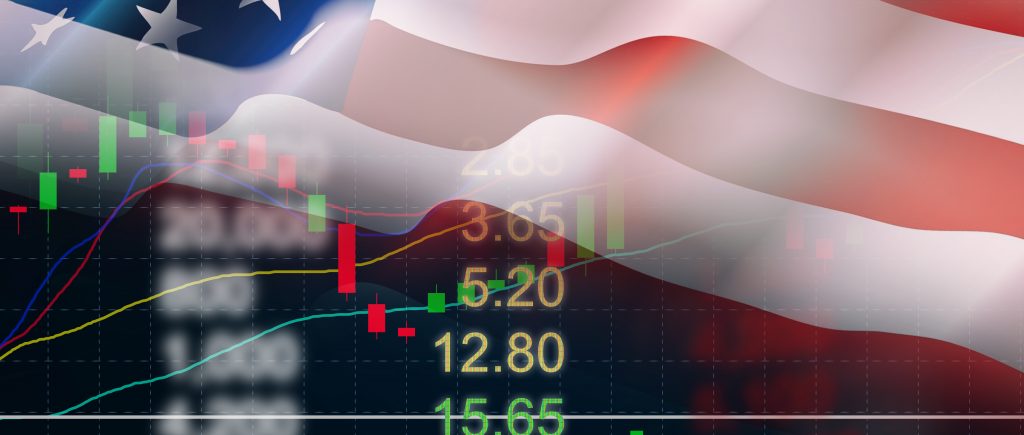While Wall Street regains some stability at the close of what has been a turbulent month, stocks were divided on Tuesday. The S&P 500 fell 6.26 points, or 0.2%, to 3,971.27 even though the vast majority of the index’s companies increased. The Nasdaq composite dropped 52.76, or 0.4%, to 11,716.08 and the Dow Jones Industrial Average dropped 37.83, or 0.1%, to 3,394.25.
Even the bond market, which has seen some of Wall Street’s wildest fluctuations since concerns about the banking system first surfaced earlier this month, was relatively placid. Following their historically large swings in earlier weeks, yields were only marginally increasing.
Worries that banks worldwide may be collapsing under the weight of significantly higher interest rates have dominated this month. Yet recently, after authorities took significant steps to safeguard the system, some peace has returned to the market.
This has brought the subject of interest rates and what central banks will do next with them back to the forefront on Wall Street. It’s a difficult choice for the Federal Reserve and other central banks because inflation is still strong, which would normally need even higher interest rates. Yet, the system appears to be rather fragile, which higher rates may exacerbate. Globally, central banks have left markets in a limbo where buyers and sellers are awaiting information on whether rate increases will continue.
The market would feel some relief if the Fed does pause after hiking one more time as it has signaled after raising its benchmark overnight rate all the way to a range of 4.75% to 5% from almost zero early last year. The Fed is still expected to maintain rates constant, but traders raised bets on Tuesday that the Fed will increase rates at its next meeting in May.
In an effort to limit inflation, higher rates damage the entire economy. Along the way, they also have a negative impact on stock prices, particularly for high-growth sectors like technology. After Tuesday’s small decline, Apple, Microsoft, and other Big Tech firms were among the S&P 500’s top weights.
The firm that outperformed expectations in terms of profit and revenue for its most recent quarter was McCormick & Co., which had a 9.6% increase. Other stocks, notably those in the banking sector that have had a tumultuous month, were neutral. The majority of stocks in the S&P 500 increased, although those banks that investors had singled down as being particularly vulnerable did so after reversing morning gains. PacWest Bancorp declined 5% and First Republic dropped 2.3%.
Smaller and midsized banks have received the hardest scrutiny in the search for who would be the next to experience a client exodus similar to the one that brought down Silicon Valley Bank. One of the larger concerns has been that the uproar surrounding banks may result in a reduction in lending to firms nationwide. That might therefore result in a slower rate of economic expansion and a greater chance of a recession.
The economy has been the subject to conflicting reports. In contrast to more fragile areas of the economy, the job market is still extraordinarily strong. According to a report released on Tuesday, consumer confidence is rising in contrast to experts’ predictions of a deceleration. According to another survey, US home values dipped slightly from December to January but not quite as much as experts had predicted.
The majority of traders continue to believe that the Fed will need to reduce interest rates this summer in order to support the economy. As the problems in the financial system started, such bets have been more prevalent. Additionally, they came nearly immediately after earlier bets on rate reduction had vanished as a result of information pointing to stickier-than-anticipated inflation.
Huge fluctuations in the bond market have been caused by such abrupt changes in expectations for the Fed. Tuesday saw a little increase in yields. The yield on the 10-year Treasury, which influences mortgage and other significant lending rates, increased to 3.55% late on Monday from 3.54%.
The two-year yield increased from 4.01% late Monday to 4.05%, which is more influenced by Fed predictions. Earlier this month, it was above 5% and at its highest point since 2007.
 Noor Trends News, Technical Analysis, Educational Tools and Recommendations
Noor Trends News, Technical Analysis, Educational Tools and Recommendations





